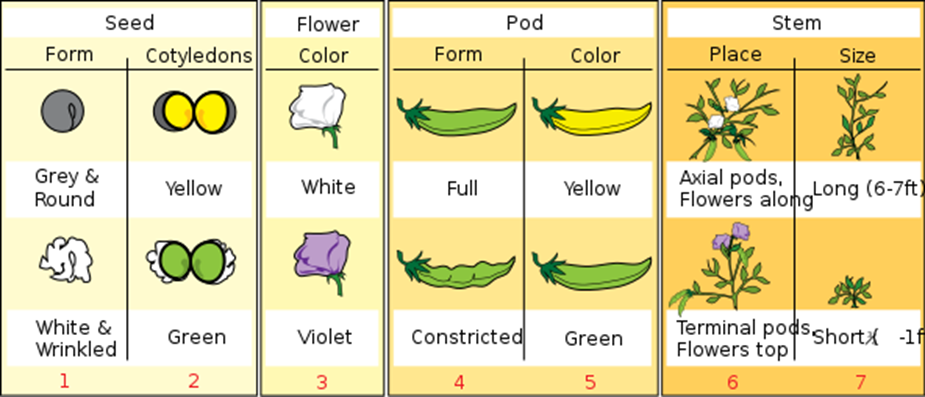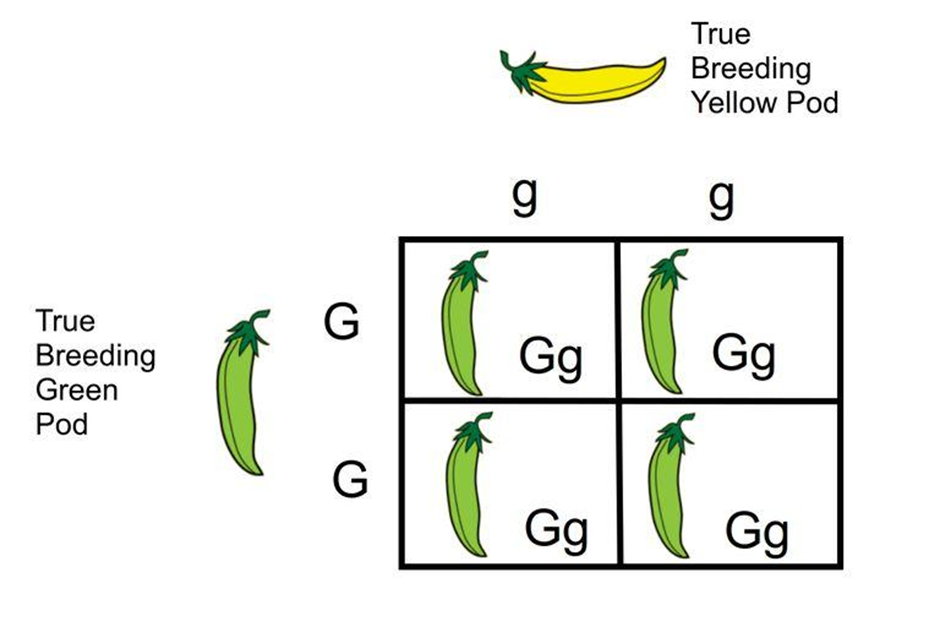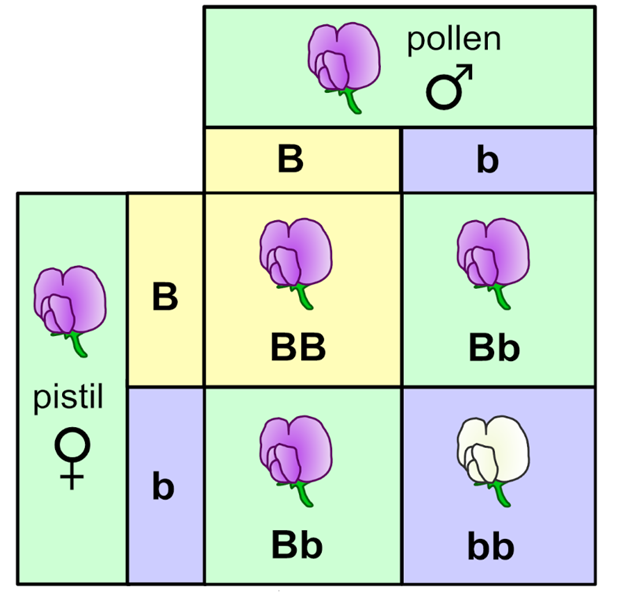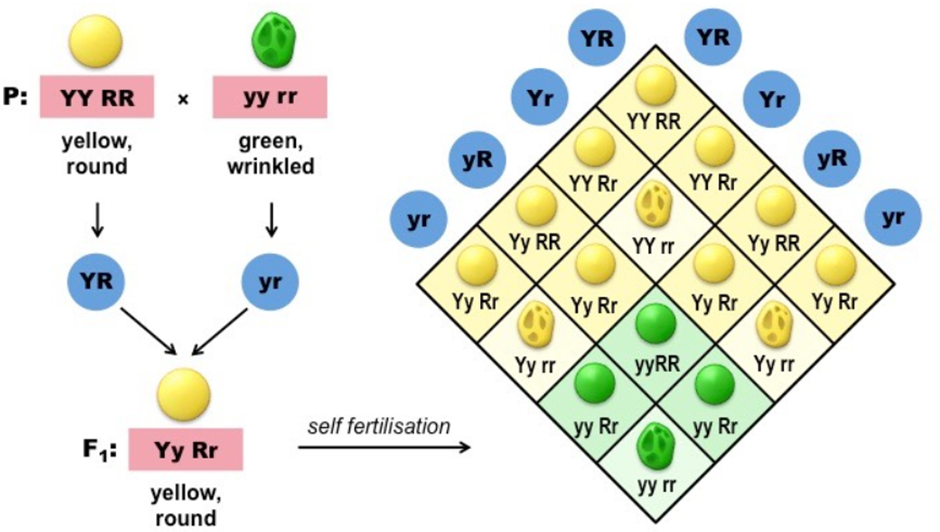- Books Name
- Iti Shree Science Book
- Publication
- Vaishnav Publication
- Course
- CBSE Class 10
- Subject
- Science
Chapter 9
Heredity and Evolution
Heredity is defined as the transmission of characteristics from parents to offspring.
The differences in characters of parents and offspring are known as variations.
There are two types of variations - somatic variations and genetic variation.
- Somatic variations occur in the somatic cell of the body. They are not inherited or transmitted in the next generation. So, they are also known as acquired traits.
- Gametic variations occur in the germ cells of the body. They are inherited in the next generation. So, they are known as inherited traits.
Importance of Variations
- It is the basis of heredity.
- It is the basis of evolution also.
- It increases the chances of the survival of the organism according to the changing environment.
Causes of variation
The most common causes of variations are mutation, recombination and random mating. Recombination or crossing over is one of the important reasons for variation. It is an exchange of chromosome segments at the time of gamete formation.
Mendel and his contribution to Genetics
G.J. Mendel started his work on Pisum sativum (garden pea). He was known as the Father of genetics. He had chosen seven pairs of contrasting characters-

The reason for choosing garden peas for the experiment was-
- Short life cycle
- A large number of seeds produced
- Self-pollination
- Several contrasting characters can be found
Mendel Laws
- Law of Dominance: If the two alleles at a locus differ, then one, the dominant allele, determines the organism’s appearance; the other, the recessive allele, has no noticeable effect on the organism’s appearance.
- Law of Segregation: The two alleles for a heritable character separate (segregate) during gamete formation and end up in different gametes.
- Law of Independent Assortment: Each pair of alleles segregates independently of other pairs of alleles during gamete formation
Monohybrid cross
When one pair of contrasting characters is taken to cross two pea plants, it is known as a monohybrid cross.

The image depicts the monohybrid cross between the true-breeding yellow pod and the true-breeding green pod. All the pods obtained were green in colour. The offspring obtained are known as F1 progeny or First filial generation.
In the case of the heterozygous condition,

In this Image, the parents are heterozygous, so phenotypically 3 purple flowers and 1 white flower were produced. But genotypically, 1 homozygous dominant (BB), 2 heterozygous dominant (Bb) and one homozygous recessive (bb).
Dihybrid cross
When two pairs of contrasting characters are taken to cross two plants, it is known as a dihybrid cross.

The phenotypic ratio was found to be 9:3:3:1
9 are round yellow
3 are round green
3 are wrinkled yellow
1 is wrinkled green
But the genotypic ratio was found to be 1:2:1: 2:4:2: 1:2:1.
Sex determination
Sex determination is used to define the sex of the offspring. Environment and genetic factors determine the sex of the offspring. Environmental factors, such as gender in turtles, are determined according to the temperature.
Types of Sex Determination
- Different types of sex determination are- XX-XY type (humans), XX-XO type (insects), ZW-ZZ type (chicken) and ZO-ZZ type (moths and butterflies).
- Genetic factors include the presence of sex chromosomes. For example, in humans, the presence of two X chromosomes leads to female offspring whereas the presence of one X and one Y chromosome forms male offspring.
- In human beings, there are 23 pairs of chromosomes. Out of these 22 pairs of chromosomes are known as autosomes whereas the 23rd pair of chromosomes are known as sex chromosomes or allosomes. The sex of the offspring is determined by the chromosome inherited from the father.

 Vaishnav Publication
Vaishnav Publication
